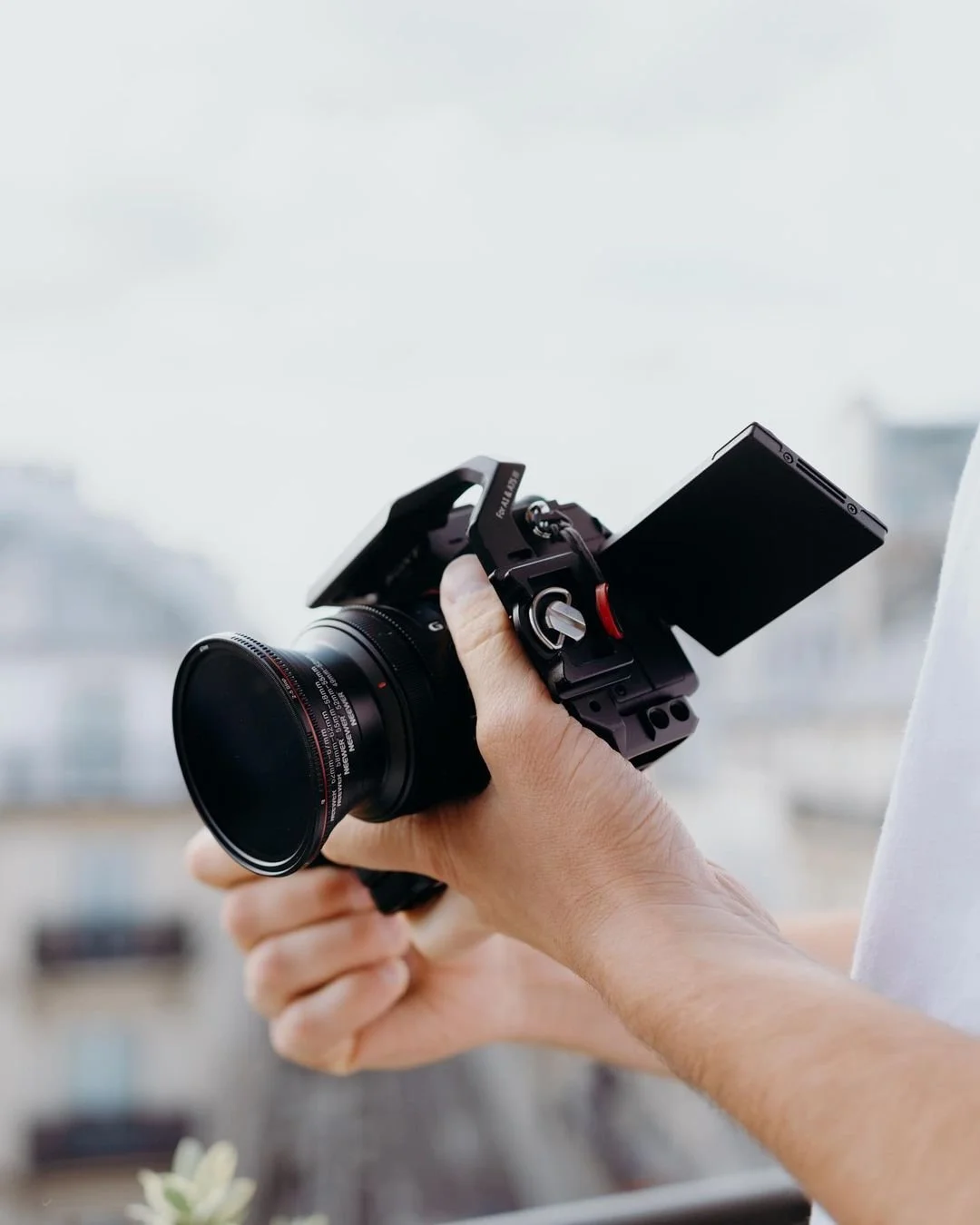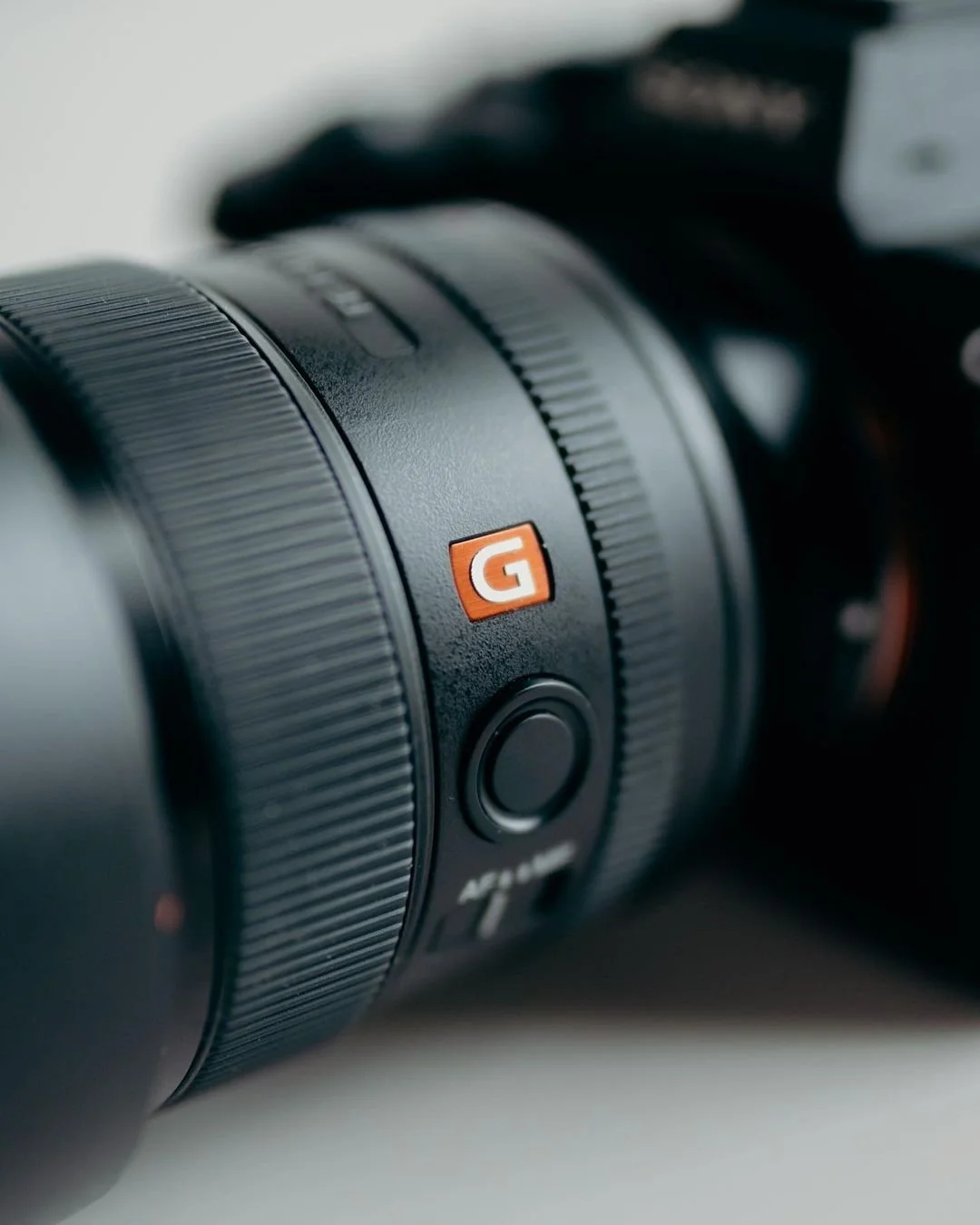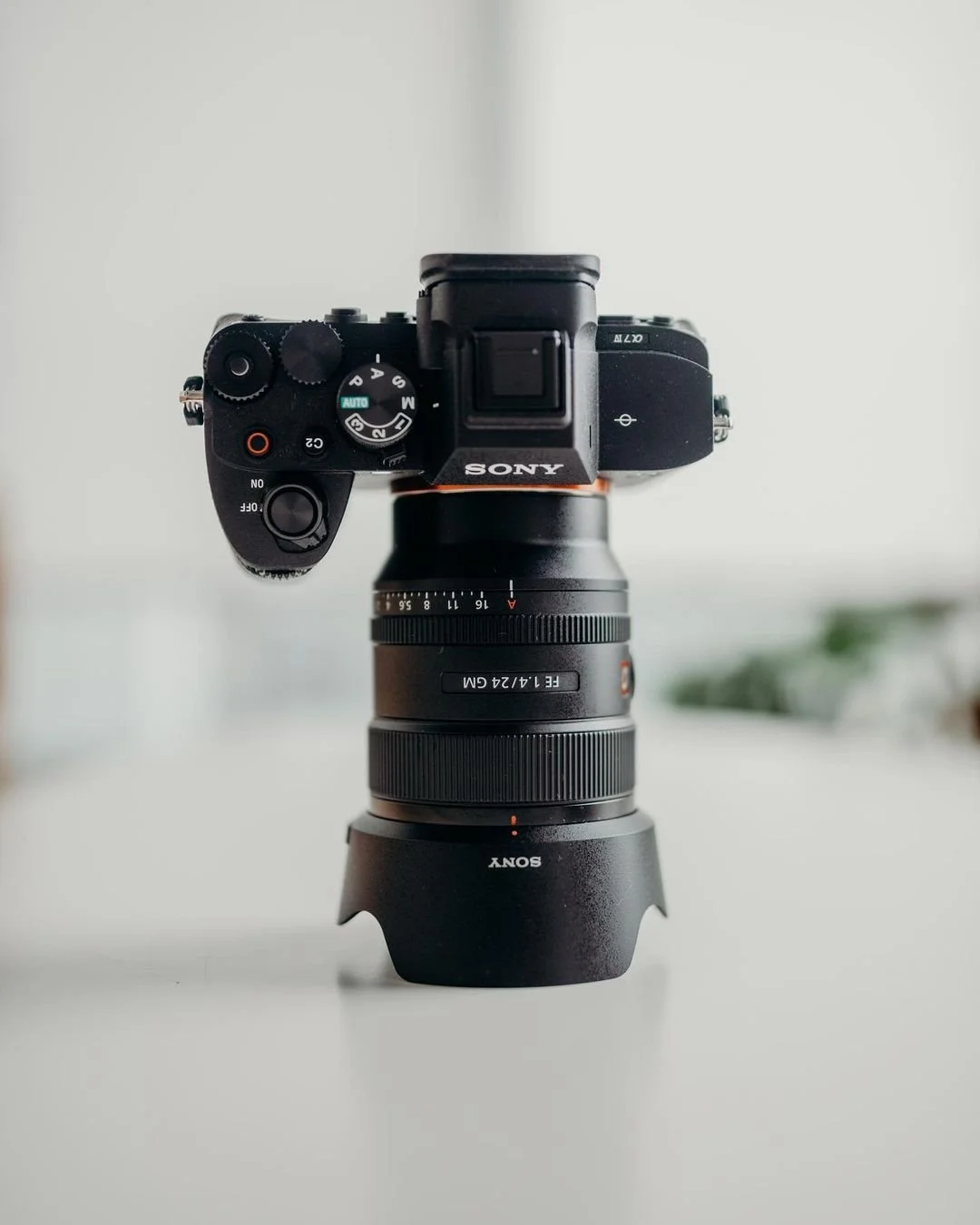Should you buy the Sony A7IV in 2025
The Sony A7IV has been a major player in the hybrid camera space since its release in late 2021. As we look toward 2025, the question remains: is this camera still worth the investment? While new competitors have entered the market and the camera’s price has largely held steady, the A7IV continues to attract photographers and videographers alike. So let’s dive in—what makes the Sony A7IV a solid choice (or not) for 2025?
1. How the Sony A7IV Stacks Up Today
Since its debut, the Sony A7IV has been a favorite for content creators looking for a capable hybrid camera that’s equally adept at shooting photos and videos. Priced at around $3,200 CAD or $2,500 USD, it still holds a premium position in the market. However, the real competition has only intensified, with new models from Canon, Nikon, and Panasonic bringing high-quality sensors, advanced video capabilities, and impressive autofocus systems. While this increased competition is great for consumers, it does raise the question: does the A7IV still have an edge?
In many ways, the answer is yes, thanks to the features that initially made it popular: a solid 33MP sensor, impressive color science, and the ability to record 4K video from an oversampled 7K source. This means you’re getting detailed, sharp footage and plenty of room to crop or adjust in post. For photographers, that 33MP sensor also means excellent flexibility when cropping images, whether for prints or social media.
2. Why It’s Still a Top Choice in 2025
A few standout features keep the Sony A7IV competitive and relevant for 2025. Here’s what makes it worth considering:
Sensor Versatility and Image Quality
The A7IV’s 33MP sensor is a sweet spot for many users—providing high resolution without adding too much noise or requiring massive storage. This makes it suitable for professional photography needs, and it’s ideal for content creators who want the flexibility to crop images or use super 35 mode, effectively giving two focal lengths in one lens.
The Power of Autofocus
Sony’s reputation as the “autofocus king” is well-deserved, and the A7IV lives up to that legacy. With lightning-fast, reliable tracking for both stills and video, it’s a tool that can keep up with fast-moving subjects, even when using continuous shooting modes or tracking faces in video. For anyone shooting portraits, events, or video content, autofocus performance is a game-changer that keeps Sony ahead of many competitors.
4K Quality, Despite the Crop
One of the bigger criticisms around the A7IV has been its 4K 60fps mode, which uses a cropped portion of the sensor. For some, this might feel limiting, but in practice, there are workarounds. You can still shoot in 4K at 30fps with full sensor readout, or change to a wider lens to compensate for the 1.5x crop factor. Regardless, the cropped 4K 60fps still delivers beautiful, detailed results for many shooting scenarios. If ultra-smooth 4K 120fps video is a must, though, you might find this a bit restrictive—but it’s a fair compromise for most users who don’t require ultra-slow motion on a regular basis.
Lens Availability and Third-Party Support
One of the standout advantages of going with Sony is the extensive selection of lenses available for the E-mount system. Unlike some competitors, Sony has opened up its lens mount technology to third-party manufacturers like Sigma, Tamron, and Samyang. This means you have access to a wider variety of lenses at different price points, ranging from affordable primes to high-end telephoto options. For photographers and videographers, this level of choice is invaluable, letting you build a versatile kit without being limited to just one manufacturer’s options or price range.
It's worth noting that Canon has also recently opened up its RF mount to select third-party brands, allowing Canon users to enjoy more variety in RF lenses than they could in previous years. However, the range of available RF-mount lenses remains more limited than what Sony E-mount users currently enjoy, especially when it comes to budget-friendly or niche options.
For anyone invested in the Sony ecosystem or looking to start building out a professional kit with flexibility and price variety, the E-mount system provides a robust foundation that grows with you.
3. Is the Sony A7IV Future-Proof?
Sony has consistently led the camera industry with innovations—setting trends that other brands follow. From pioneering the mass shift to mirrorless to introducing global shutter systems, Sony has a track record of anticipating where the industry is headed. This makes the A7IV a smart choice for photographers and videographers who want to invest in a camera system that’s likely to stay relevant as technology advances. With solid video capabilities, a great sensor, and ergonomic design, the A7IV feels like a camera that will hold up well over the next few years.
4. Downsides to Consider Before Buying the A7IV in 2025
While the Sony A7IV remains a powerful option, there are a few considerations that might lead you to explore other cameras:
Price Tag
At around $2,500 USD, the A7IV isn’t exactly a budget camera. If you’re a beginner or looking for a more affordable entry into full-frame, there are other models that could offer better value, like the Sony A7C or even the A7III if video isn’t a primary concern. Spending this amount on a camera that’s over three years old might give some buyers pause, especially when newer models with similar price tags boast advanced specs.
4K 60fps Crop
For some videographers, the A7IV’s cropped 4K 60fps mode is a dealbreaker. If you’re shooting primarily in video and want to work with wide-angle lenses, the crop might feel limiting. Competitors like the Canon R6 Mark II or the Panasonic S5 II offer similar (or better) 4K video capabilities without a crop, which could make them more appealing for video-centric creators.
Continuous Shooting Speed
The A7IV’s 10fps continuous shooting speed is adequate for most photographers, but if you’re working in sports or wildlife photography, it’s relatively slow compared to competitors. For fast-action shooters, cameras like the Canon R6 Mark II offer higher frame rates that might better suit your needs.
Potential Banding Issues in Certain Situations
Another common issue some users have reported is video banding when shooting in artificial lighting environments. Sony has provided a workaround by allowing users to adjust the variable shutter speed to counteract the banding, but it’s not always a perfect fix. This issue can be frustrating for videographers who often shoot in challenging lighting conditions, and it may be worth exploring models that handle artificial lighting better.
If you want to watch a video discussing how to use this feature, you can see that here
No 4K 120fps Video
While not essential for everyone, the lack of 4K 120fps may be a dealbreaker for some. If your work involves high-frame-rate footage for ultra-slow motion, the A7IV might fall short. Newer cameras like the Sony A7S III or FX3 are better suited for videographers who need 120fps in 4K.
Overheating during Continuous Video Shooting
Although this hasn’t been an issue I’ve encountered regularly, a common problem with the Sony A7IV is its tendency to overheat during longer video productions. I’ve recorded 40+ minute YouTube videos indoors without running into this, but if you often film in warm conditions or your camera is frequently exposed to direct sunlight during shooting, overheating could become a significant concern. I find that even on hot days, if your video clips are shorter rather than longer, you probably won’t run into this issue. However, if you frequently work with long-form video (such as shooting wedding videos), you may want to consider the Sony A7SIII, FX3, FX30, or a video-centric body from another manufacturer. If you do encounter overheating, I’ve found that popping out the battery, leaving the battery door open, and letting the A7IV sit in the shade for a few minutes will quickly resolve the issue, allowing you to continue shooting.
Conclusion: Is the Sony A7IV Worth It in 2025?
So, is the Sony A7IV still worth buying in 2025? For many photographers and videographers, the answer is a solid yes. This camera is an incredibly capable, well-rounded tool that balances professional-grade features with ease of use, and it continues to stand out as a reliable choice in Sony's full-frame lineup. The A7IV has proven itself in a variety of demanding shooting environments, from tourism projects to commercial work for major brands. Its hybrid capabilities make it perfect for creatives who need both stellar photos and high-quality video, all in a single, efficient package.
But what about the Sony A7V? Industry rumors suggest that Sony may release the A7V sometime in 2025, which could introduce notable upgrades over the A7IV, especially in areas like low-light performance, faster shooting speeds, or more advanced video features. For those not in a rush to buy, it may be worth waiting to see what the A7V offers. If the new model brings substantial improvements, it could shift your priorities, offering you a more advanced option to consider. And if it doesn't, you might see the price of the A7IV come down, making it an even more appealing choice at a lower cost.
Ultimately, whether you go for the A7IV or hold out for the A7V depends on your current needs, budget, and shooting style. If you’re ready to take your photography or videography to the next level now, the A7IV is a fantastic investment in 2025. But if you’re patient and want the latest technology, keeping an eye on Sony’s next move could pay off.




